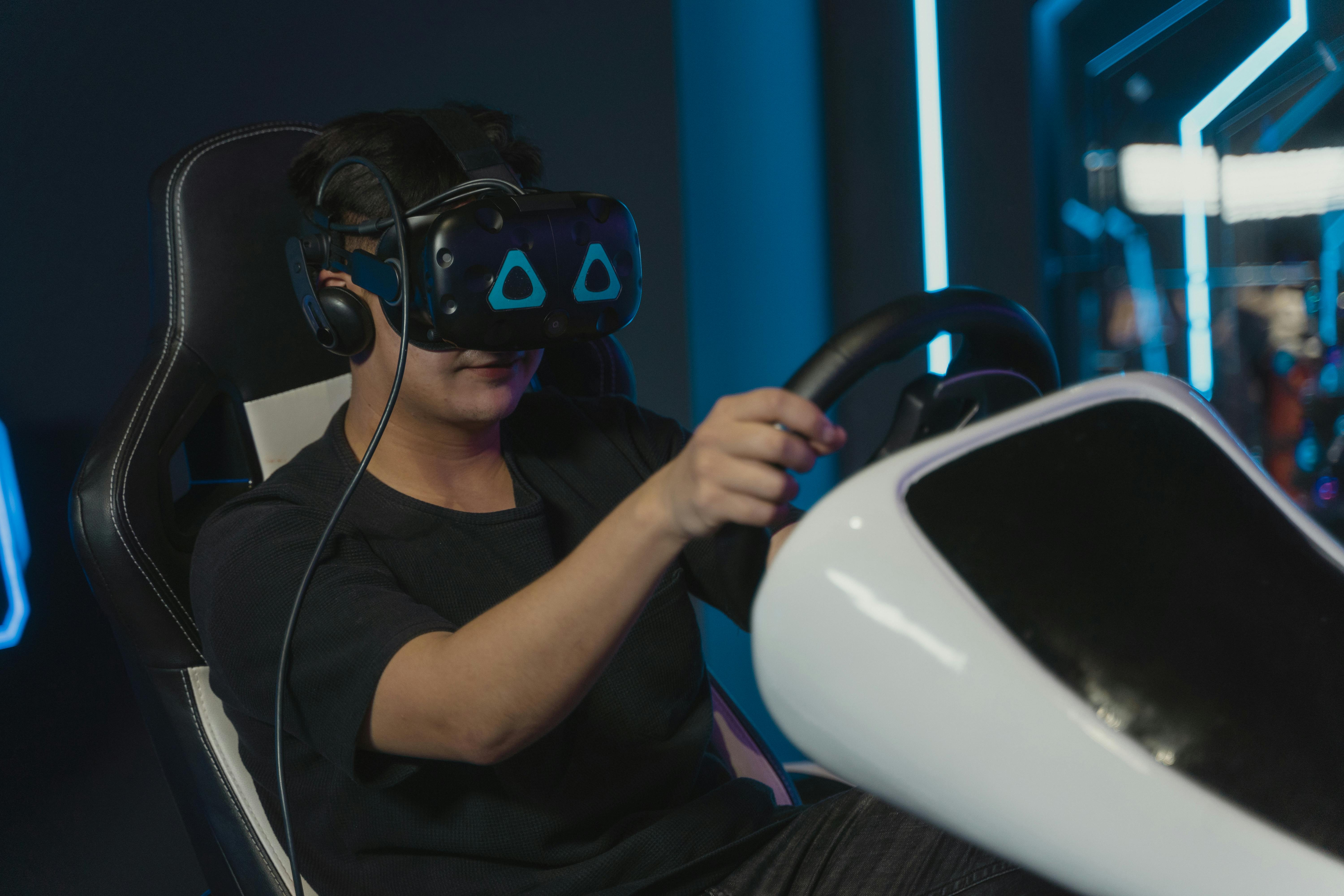Update frequency explained
Trying to choose a TV today can be difficult. Very difficult. One of the most debated features of flat panel TVs is the always-confusing refresh rate. There are a myriad of different refresh rates featured on today’s digital televisions. 50Hz, 100Hz, 200Hz and 600Hz. These refresh rates can easily divide opinions.
What is the refresh rate and why is it important?
Every video we watch is made up of thousands of “frames”. The refresh rate or “Hertz” (Hz) is a measure of the number of frames displayed on your TV screen every second. Remember in your youth, when you were bored at school and used to draw a stick figure on the top corner of every page in your book, and then flick through it to make it look like it’s moving? This is basically what your television is doing to produce movement on the screen.
It’s refreshing (i.e. scrolling) through frames (i.e. pages) to produce movement. Now, the faster you can flip through the pages of your book, the faster and smoother the movement of the stick figures will appear. Second, the more stages of movement the stick figure draws on each page, the more natural it will appear to move.
So let’s get back to our TV – if the same principle applies, then the TV can show you smoother motion if you can scroll through frames faster. And by adding extra frames between other frames, this causes the TV to produce a smoother transition from one frame to another. Therefore, the more times the screen can be “refreshed” each second, the smoother the image movement will appear.
The standard broadcast signal we receive in Australia is 50 Hz. That means your digital TV picture is updated 50 times per second. 50Hz is a fairly slow speed, and you may see image blur or jitter when watching sporting events or fast-moving action movies, or any scene where the camera is moving very fast. So the way the TV solves this problem is to create intermediate frames and then insert them between the original frames. This is known as interpolation or 100 Hz technology.
“The 100Hz technology doubles the number of frames displayed per second, which helps reduce blur and is ideal for watching sports and action movies.”
For some people, the 100 Hz movement may seem a little “too” smooth at first, but once it is adjusted it can be very difficult to go back to a 50 Hz TV, especially on a large screen. Today, ever-larger televisions have become very affordable in terms of price. Now that the image is larger, you will notice even more things like vibration.
Most of these large flat screen TVs (if not all) are 1080P Full HD. That means a lot of information is displayed on the screen, and all of that information has to move very fast to make it look smooth. On a large flat screen TV running at 1080P and 50Hz, fast panoramic shots can show a lot of shake, because there is so much image information scrolling across the screen, our eyes will pick up a lot of motion artifacts. Basically, by doubling the number of frames, 100Hz removes most of the shake from motion.
So if 100Hz eliminates jitter, why do I need 200Hz?
Interpolation at 100Hz is good, but again, with plenty of Full HD, high-resolution content like Blu-Ray, games, and more recently 3D technology now available to every home, and 46 “LED displays – 65 “gaining popularity due to plummeting prices – You can get more benefit from your TV doubling down on your upgrade efforts. While 100Hz will eliminate a lot of motion vibrations from LED TVs and LCD TVs, the larger the screen, the more apparent remaining artifacts and vibration become. Thus was born 200Hz …
By inserting an additional 3 frames between each existing frame, instead of one like 100 Hz does, the 200 Hz processors further enhance the smoothness of motion and make objects appear more “solid”. The goal of 200Hz is to prevent objects such as soccer balls or any small object moving very fast across the screen from losing their shape, blurring or breaking when propelled by the screen. However, it is not as simple as adding three additional boxes, that is not the scope of the technology. A processor inside the TV watches two sequential frames and then creates three NEW additional frames between them.
Going back to our stick figure analogy, that means drawing four times as many stick figures using four times as many pages and flipping through those pages at the same speed. This fact, however, is where some 200Hz TVs succeed, or fail miserably!
Imagine that you have drawn a stick figure on fifty pages and you can flip through those fifty pages in one second, without missing a page and at a constant speed. Now duplicate those pages and it will be more difficult to flip through the hundred pages without losing a few, much less at the same speed. Therefore, your stick figure may appear to be moving smoothly, then vibrating, then gently again. Now imagine trying to do that with two hundred pages. It is a struggle and you will surely lose several pages along the way. To put it one way: some people will do a better job than others.
This also rings very true for televisions. There are some processors that do a much better job than others. There are some 200Hz processors that don’t cut the mustard, and you can see odd frame skipping, lots of inaccurate and seemingly unnatural movements. So be careful, not all 200Hz processors are created equal!
Many plasma screens seem to highlight 600Hz; they must be at least three times faster, right?
Well, in short, not exactly! What 600Hz subfield driving does, with a 50Hz source like the one broadcast on our Australian television, is divide each frame into 12 separate frames or “subfields”, and then display them individually on the screen. What it doesn’t do is create NEW frames. That means 12 subfields per frame at 50Hz (frames per second) creates 600 frames per second (50×12 = 600). The more subfields you have per frame, the more accurate the color reproduction and the less image noise.
Therefore, technically, the 600 Hz subfield unit is not solely tied to, nor is its primary purpose, to eliminate motion vibration.
Why are manufacturers causing all this confusion?
Because Plasma vs. LCD technology continues tea Biggest debate when it comes to choosing a flat screen TV. The difference in technology is causing manufacturers such as Panasonic, Samsung, LG and Sony to heavily promote the features and benefits of their panels to attract customers.
As for LCD, and now, LED Digital TV Panels have advanced; the fact is, for smooth, natural movement in fast scenes, a Plasma is still superior.
With the way Plasma technology works, 100Hz or 200Hz is not a useful feature. But with LCDs and LEDs heavily marketing 100Hz / 200Hz, from a marketing perspective, they needed a number to combat that. Some added 100Hz before, but now 200Hz LED and LCD have become more common, so they started citing the subfield number: 600Hz.
The same happened with 1080p and ‘Full HD’. LCD manufacturers introduced terms into their televisions, purely from a marketing perspective, to try to divert attention from the fact that a good plasma television produced a more “natural” picture.
In reality, plasma manufacturers are being a bit misleading in the way they market 600Hz subfield conduction. In a way, they are telling customers that our 600Hz is a feature that helps eliminate motion vibration. three times more than a 200Hz TV.
While this is not directly true, they are using it to promote a very real feature of plasma technology: superior motion handling. However, there is a bit of a “pot that calls the black kettle” when it comes to LCD makers. While it is true that 200Hz was designed to aid movement on a large screen TV, the fact that the resulting image can often look unnatural during fast scenes puts a big question mark on whether this helps or hinders what the customer is watching. Inserting frames that aren’t meant to be there can make the whole thing look a bit fake, in the opinion of many people. If you find that, it is better to disable it for that particular movie.
So what is the best? 100Hz, 200Hz or 600Hz?
In short, for fast-paced natural movement, plasma displays are still superior. They don’t need to create extra frames to eliminate motion shake, so the resulting image you see is neither fake nor unnatural. There are pros and cons to LCD and plasma technology, and opinions will always be divided one way or another, but if you prefer a smooth and natural picture, even though LCD and LED technology have vastly improved, a plasma display still the way to go.




